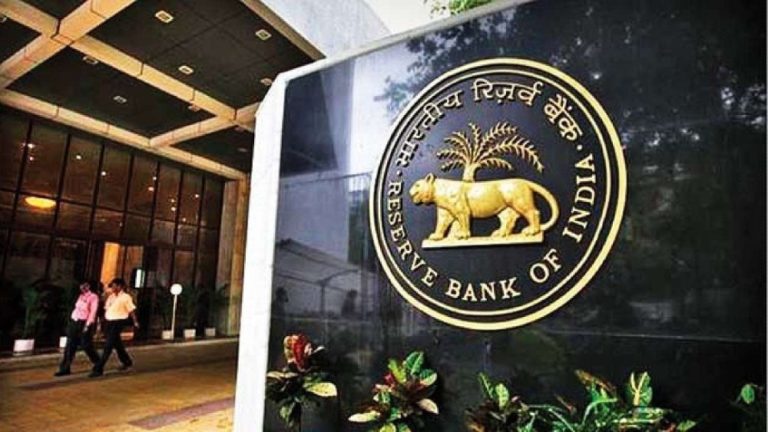RBI has maintained the status quo again as its six-member Monetary Policy Committee (MPC) has kept the key lending rate — repo rate unchanged at 4 percent for the eighth time in a row. The reverse repo rate remained unchanged at 3.5 percent. The policy stance will also keep unchanged at ‘accommodative’. The MPC voted 5-1 to retain the accommodative stance as long as necessary to sustain growth on a durable basis while ensuring that inflation remains within the target. RBI retained the FY22 GDP growth forecast at 9.5 percent. The Governor also announced that Marginal Standing Facility (MSF) has been unchanged at 4.25 percent. He added that the July-September CPI inflation was “lower than anticipated”.
Reserve Bank of India has lowered its FY22 CPI Inflation target to 5.3 percent from the earlier 5.7 percent. It also saw July-September CPI inflation at 5.1 percent compared to the 5.9 earlier. The October-December CPI Inflation is estimated at 4.5 percent compared to the 5.3 percent earlier.
“High-frequency indicators suggest economic activity has gained momentum. Core inflation remains sticky. July-September Consumer price Index (CPI) inflation was lower than anticipated. India is in a much better place today than at the time of the last MPC meeting as growth impulses are strengthening, inflation trajectory more favorable than expected. Pent-up demand, the festival season should boost urban demand. Recovery in demand gathered pace in Aug-Sep. Pick-up in import of cap goods point to some recovery in the activity,” he noted.
The MPC has been a cautious mode since the beginning of the COVID-19 pandemic in 2020 and has largely remained on the status-quo throughout, citing uncertainty in macroeconomic trends.
The committee was largely expected to keep rates unchanged and maintain its ‘accommodative’ stance as it awaits cues on the inflation front. They however expect a shift in the forward guidance favoring gradual normalization.
In the current financial year (April-10 September), the fresh or incremental deposit inflows since the end of March 2021 have grown by 3.1 percent, whereas the bank credit outflows have witnessed a degrowth of 0.3 percent, indicative of low demand for credit, deleveraging by borrowers as well as risk aversion by the bank. The liquidity surplus has widened to record highs and the RBI is seeking to rein in the excess liquidity. The liquidity surplus averaged Rs 7.9 lakh crore in September 2021, a notable increase from the surplus of Rs 4.9 lakh crore during April-June 2021. Globally, the combination of elevated commodity prices, Covid related disruptions, vaccination progress, and policy support led economic revival have resulted in an acceleration in inflation in most of the developed and developing markets.
















